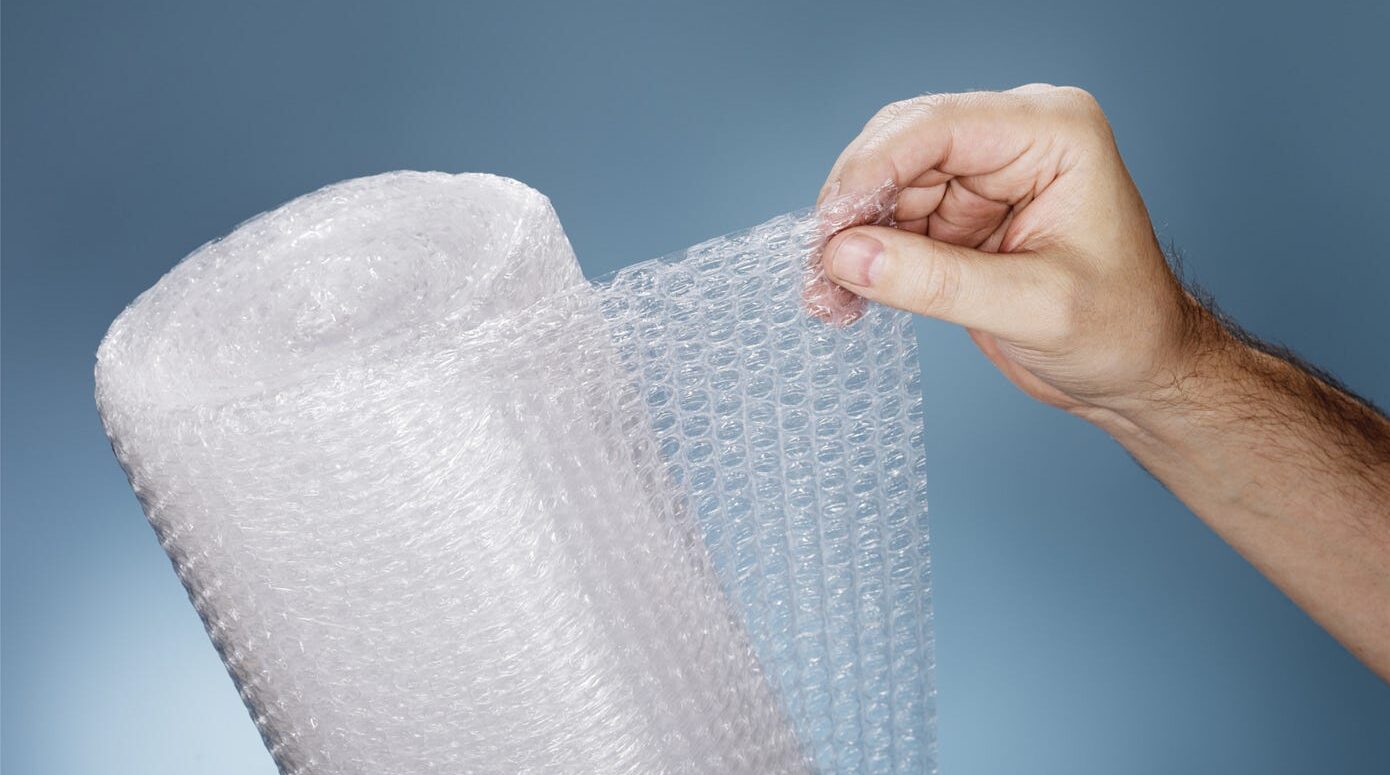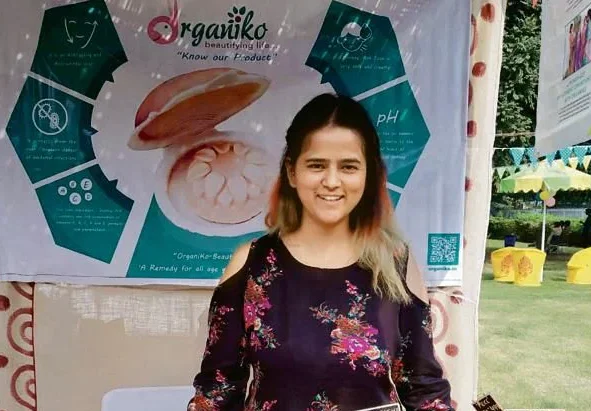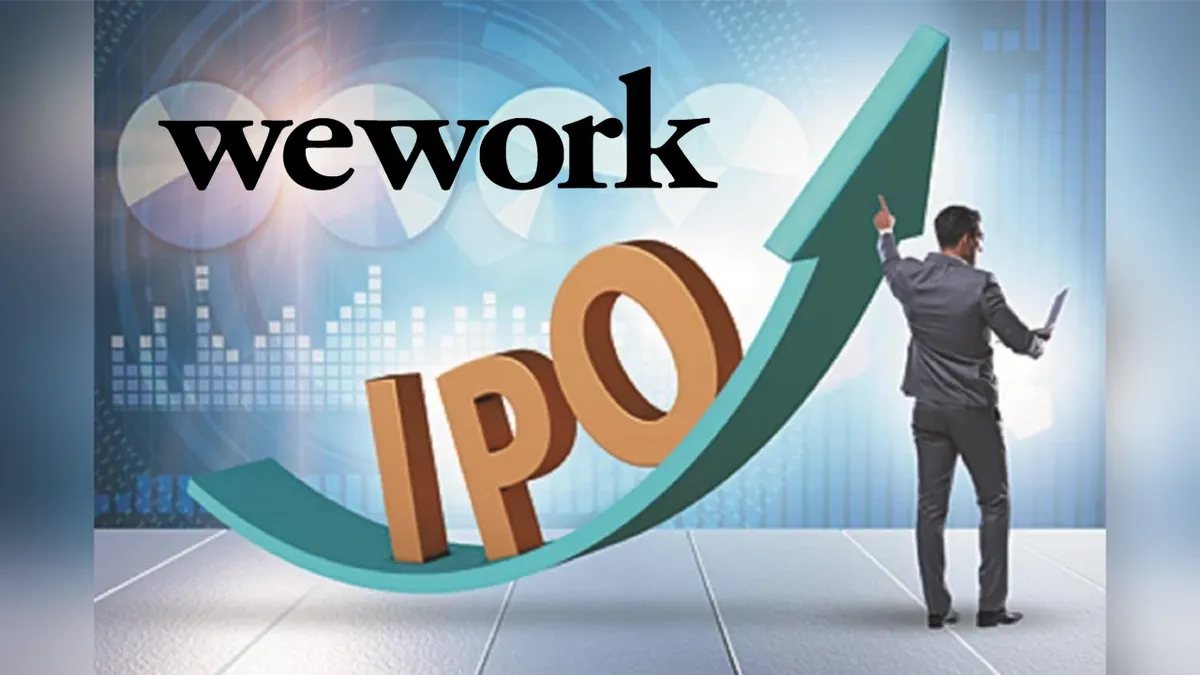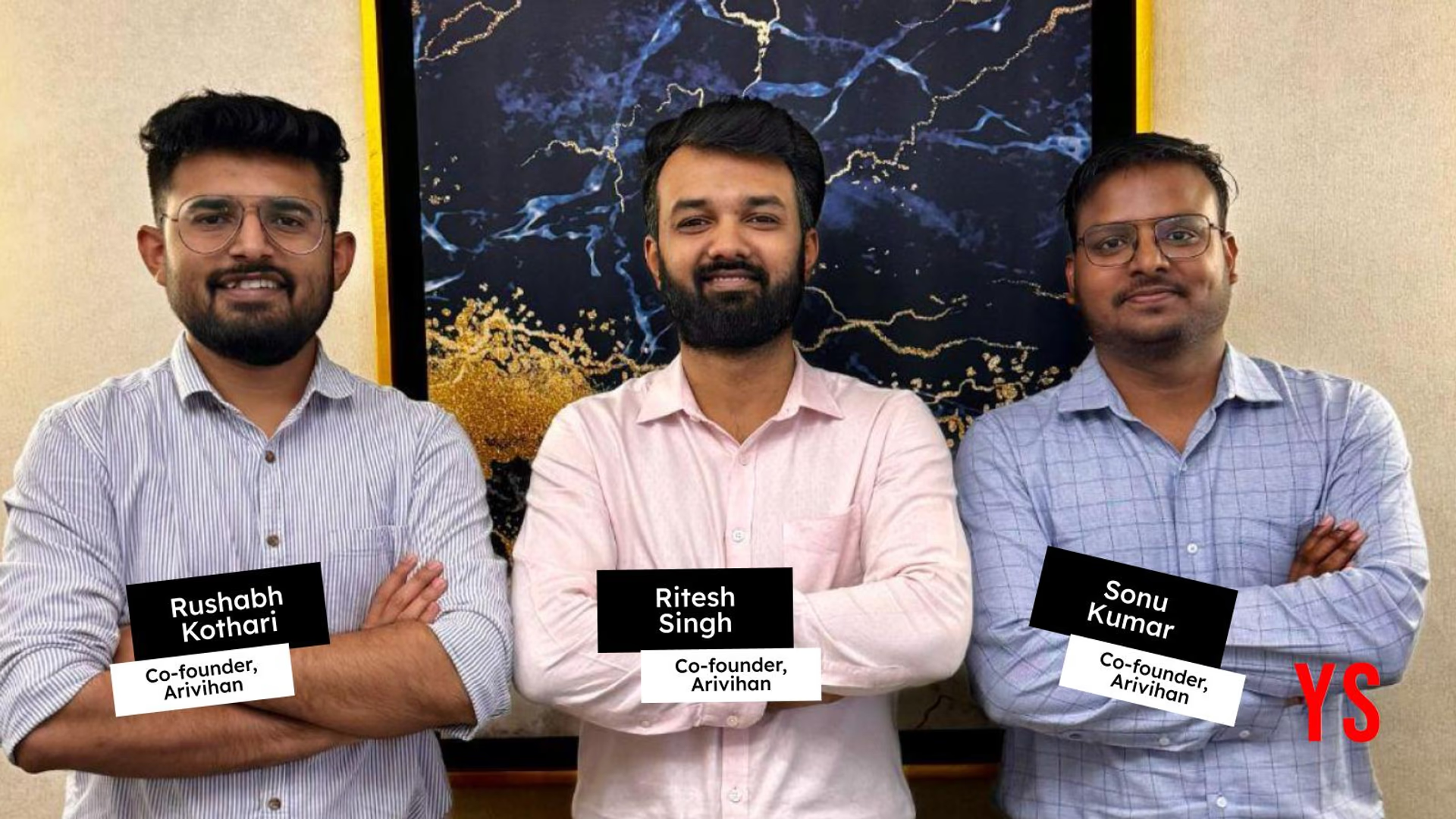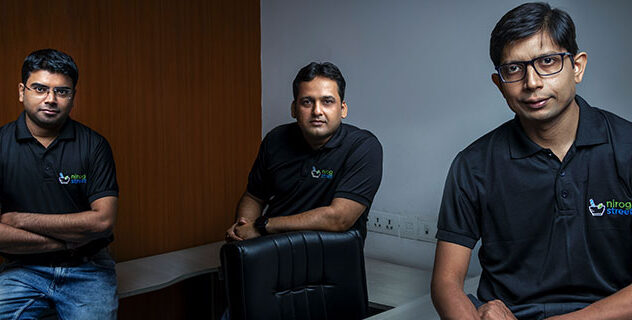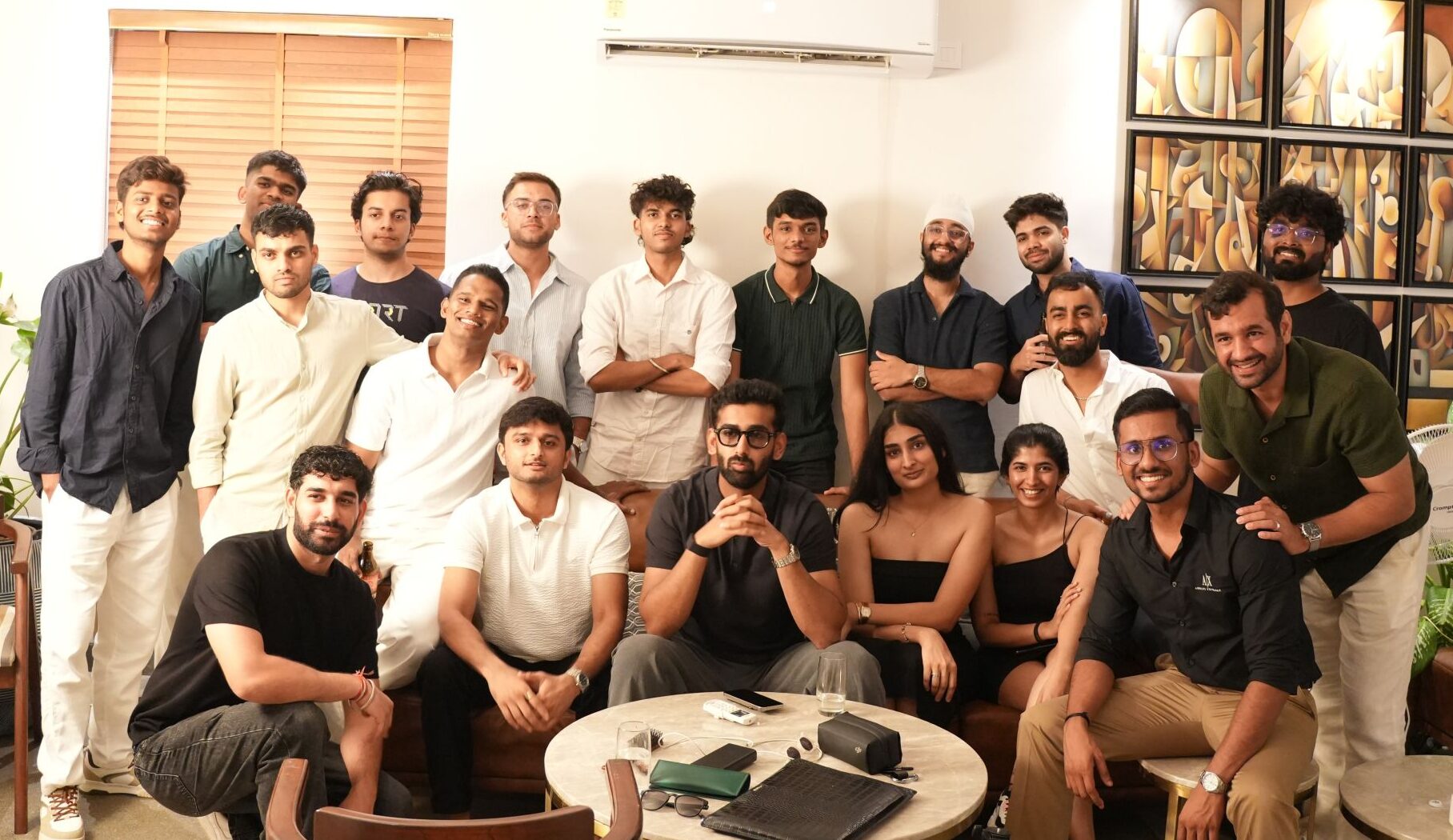What started as a failed home décor idea in the late 1950s has today become one of the world’s most recognizable products – Bubble Wrap. A perfect blend of creativity, resilience, and reinvention, the story behind Bubble Wrap is not just fascinating, but also a testament to how failure can lead to unexpected global success.
How It All Began
In 1957, two engineers, Alfred Fielding and Marc Chavannes, tried to invent a new kind of textured wallpaper that would give walls a futuristic, three-dimensional appearance. Their method? Sealing two shower curtains together with pockets of air trapped between them. Unfortunately, the result – a bumpy, plastic material – was a commercial failure. Homeowners showed little interest in covering their walls with plastic bubbles.
Also Read: Tesla Begins Refunding Old Bookings, Signals Imminent India Entry
The Smart Pivot to Packaging
Instead of giving up, Fielding and Chavannes saw a different potential for their invention. They realized the air pockets could be used as a cushioning material to protect fragile items during shipping. By 1960, they officially founded Sealed Air Corporation, rebranding their product as a packaging solution. This pivot marked the beginning of Bubble Wrap’s true journey.
IBM’s Big Boost
Bubble Wrap’s real breakthrough came when IBM used it to ship their newly launched 1401 computers. These delicate and expensive machines needed reliable protection during transport, and Bubble Wrap was the perfect answer. IBM’s endorsement gave Bubble Wrap enormous visibility and credibility, leading to its widespread adoption across various industries.
Why Bubble Wrap Works So Well
Bubble Wrap is an ingenious solution because of its unique design:
- Shock Absorption: The air-filled bubbles absorb shocks and impacts, minimizing the risk of damage.
- Lightweight: Unlike heavier packaging alternatives, it doesn’t add much to shipping costs.
- Customizable: Available in various bubble sizes to suit different products, from electronics to glassware.

Bubble Wrap’s Cultural Explosion
Over time, Bubble Wrap transcended its original purpose and became a pop culture phenomenon:
- Stress Relief: Research suggests that the act of popping Bubble Wrap provides sensory satisfaction and can release dopamine, a “feel-good” neurotransmitter.
- Nostalgia and Fun: For many, playing with Bubble Wrap recalls childhood memories.
- Fashion and Art: Artists and fashion designers have incorporated Bubble Wrap into clothes, accessories, and installations.
- Bubble Wrap Appreciation Day: Celebrated every year on the last Monday of January, recognizing the joy Bubble Wrap brings beyond packaging.
Fun Fact:
In 2015, a world record was set when 2,681 people simultaneously popped Bubble Wrap at an event organized in the United States.
The Current State of the Bubble Wrap Market
Today, Bubble Wrap is a critical player in global supply chains. According to Precedence Research and Future Market Insights, the market is poised for steady growth:
| Metric | Details |
|---|---|
| Global Market Size (2024) | USD 3.33 billion |
| Projected Market Size (2034) | USD 4.45 billion |
| CAGR (2024-2034) | 3.29% |
| Largest Regional Market (2024) | Asia Pacific (43% global market share) |
| Dominant Material Used | Low-Density Polyethylene (LDPE) (68.4%) |
| Leading Applications | E-commerce, electronics, furniture shipping |
Innovations and Sustainability Efforts
While Bubble Wrap remains popular, concerns over plastic waste have pushed the industry towards eco-friendly innovations:
- Recyclable Materials: Sealed Air and other companies have started manufacturing Bubble Wrap made from recycled content and biodegradable alternatives.
- Paper-Based Bubble Wrap: Products mimicking Bubble Wrap’s cushioning effect using kraft paper are growing in popularity, especially among environmentally conscious brands.
- Smart Bubble Wrap: New technologies are being embedded into Bubble Wrap, such as electrostatic discharge protection (ESD) and vapor corrosion inhibitors (VCI), to protect sensitive electronics and metals.
Sealed Air Corporation, the original maker, has also committed to making 100% recyclable or reusable packaging solutions by 2025 as part of their sustainability pledge.
Conclusion: From Flop to Phenomenon
The incredible story of Bubble Wrap proves that not every failure is final. Sometimes, innovation means finding a new purpose for an idea that didn’t work the first time. Today, Bubble Wrap is not just a $5 billion empire; it is a beloved product that protects our parcels, relieves our stress, inspires artists, and reminds us that resilience and reinvention can lead to truly global success.
Also Read: MatBook Secures $750K in Pre-Seed Funding









